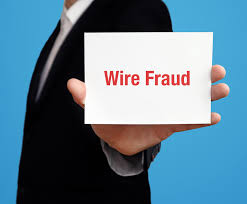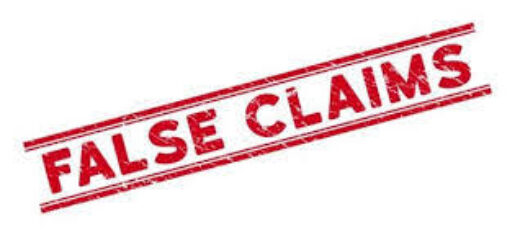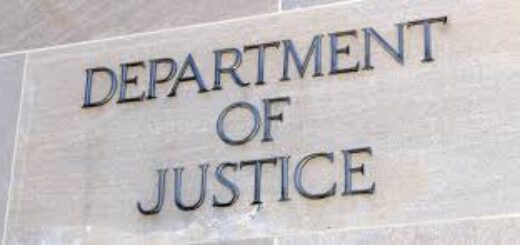Supreme Court’s Wire Fraud Decision Raises Risks for Government Contractors

In a unanimous decision, the U.S. Supreme Court, in Kousisis v. United States affirmed a lower court’s decision upholding a conviction of federal wire fraud for inducing a victim to enter into a transaction under materially false pretenses, even if the defendant did not intend to cause the victim economic loss. The Supreme Court rejected the limiting of federal fraud cases to those where there is an economic loss. The decision represents an interpretive expansion of the federal wire fraud statute to prohibit fraud in the inducement, which means false representations that induce the purchaser to agree to a transaction.
Writing for the Court, Justice Coney Barrett emphasized that obtaining money or property through materially false representations suffices for a wire fraud conviction, regardless of whether the victim suffered a financial loss. The Court clarified that 18 U.S.C. §1343’s focus is on the scheme to defraud and the use of false pretenses to obtain money or property, not on the victim’s economic harm.

The factual; background on the case is instructive. Stamatios Kousisis, project manager at Alpha Painting and Construction Co., secured two contracts from the Pennsylvania Department of Transportation (PennDOT) for bridge painting projects. These contracts mandated that a portion of the work be subcontracted to a Disadvantaged Business Enterprise (DBE) performing a “commercially useful function.” Kousisis falsely represented that Alpha would procure paint supplies from Markias, Inc., a certified DBE. In reality, Markias acted merely as a pass-through entity, funneling invoices between Alpha and its actual suppliers. Despite completing the projects satisfactorily and earning over $20 million in gross profit, Kousisis and Alpha were charged and convicted of wire fraud and conspiracy to commit wire fraud.
In application, the Court’s decision means that federal fraud statutes may cover situations when the victim receives the agreed-upon goods or services. The Court’s endorsement of the “fraudulent inducement” theory means that misrepresentations made to secure contracts can lead to criminal liability, irrespective of economic harm to the victim.
One limiting factor the Court mentioned but did not resolve is the requirement that such fraudulent representation must be material to influence the victim’s decision-making process. Justice Barrett noted that the materiality requirement serves as a crucial limitation, preventing the criminalization of every intentional misrepresentation in contractual dealings.

Justice Clarence Thomas, in a concurring opinion, expressed skepticism about the materiality of the misrepresentations, questioning whether the DBE provisions were central to the contract. Justice Neil Gorsuch separately concurred in part, cautioning against interpreting the decision as eliminating the requirement of injury in fraud cases. Justice Sonia Sotomayor concurred in the judgment, emphasizing that PennDOT explicitly considered compliance with DBE requirements as material to the contract.
The Supreme Court’s decision marks a significant development that opens wire fraud prosecutions to situations in which a contractor engages in deception to secure a contract. Government contractors and others that require compliance with regulatory requirements will now be open to potential prosecutions for false statements made in connection with the contracting and payment process.















